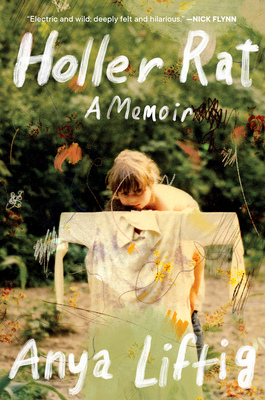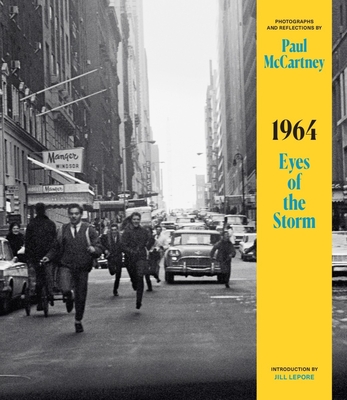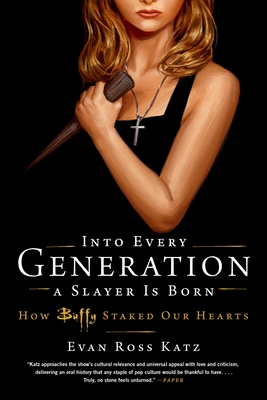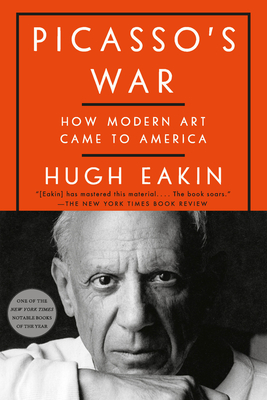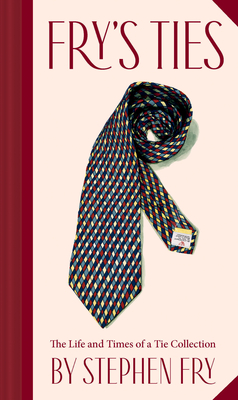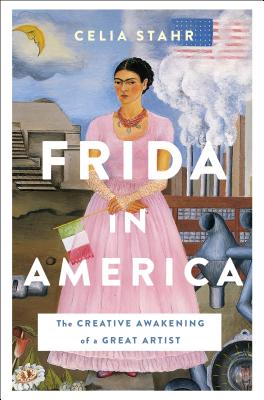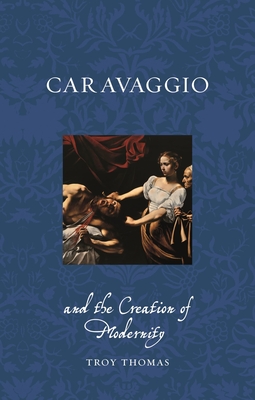
Caravaggio and the Creation of Modernity (Renaissance Lives )
Description
Now in paperback, an accessible and beautifully illustrated account of Caravaggio as a catalyst for modernity.
Undeniably one of the greatest artists of all time, Michelangelo Merisi da Caravaggio would develop a radically new kind of psychologically expressive, realistic art and, in the sixteenth and seventeenth centuries, would lay the foundations for modern painting. His paintings defied tradition to such a degree that the meaning of his works has divided critics and viewers for centuries. In this original study, Troy Thomas examines Caravaggio’s life and art in relationship to the profound beginnings of modernity, exploring the many conventions that Caravaggio utterly dismantled with his extraordinary genius.
Thomas begins with an in-depth look at Caravaggio’s early life and works and examines how he refined his realism, developed his obsession with darkness and light, and began to find the subtle and clever ambiguity of genre and meaning that would become his trademark. Focusing acutely on the inherent tensions, contradictions, and ambiguities within Caravaggio’s paintings, Thomas goes on to examine his mature religious works and the ways he created a powerful but stark and enigmatic expressiveness in his protagonists. Lastly, he delves into the artist’s final hectic years as a fugitive killer evading papal police and wandering the cities of southern Italy.
Richly illustrated in color throughout, Caravaggio and the Creation of Modernity will appeal to all of those fascinated by the history of art and the remarkable lives of Renaissance masters.
Praise for Caravaggio and the Creation of Modernity (Renaissance Lives )
“This book is carefully designed as a forceful and concise statement on the artist’s innovations. . . . There’s much more to say about this excellent book and Thomas offers daring interpretations on almost every page. . . . Moments such as these underline both Thomas’s skill as a historian and Caravaggio’s towering genius."
— PopMatters
“This is not a typical chronological overview of the artist’s life or a catalog of his works. Rather, the book is thematically conceived: seventeen brief chapters (plus an introduction and conclusion) group Caravaggio's works by time and place while emphasizing broad themes such as spirituality, ambiguity, darkness and light, reception, and other relevant topics. This clever format allows Troy to continually circle back to previously discussed paintings but under different terms. Also valuable are the images of works by other artists, presented along with those of Caravaggio’s paintings, which allow the reader examine the artist in relation to his peers. Overall, this affordable book is a fitting complement to more traditional studies; it will help the reader better understand Caravaggio’s importance to artistic modernity and the history of art in general. Recommended.”
— Choice
“Thomas’s excellent new book on Caravaggio is well-informed, well considered. . . . Thomas leads us through a succinct but, nonetheless, comprehensive review of Caravaggio’s career and critical reception, so much so that even readers who are new to Caravaggio studies will in the end find they have acquired a satisfyingly adequate introduction to the artist’s life and production. Thomas is a master in compacting much information in relatively few pages and throughout, whatever the topic, demonstrates that he is absolutely and securely current on the vast Caravaggio bibliography, which is no small compliment to pay a scholar. . . . In addition to the intellectual satisfaction afforded by the book, there is the visual delight of its abundant and excellent color photography. . . . Thomas’s [book] deserves our attention, our respect, and our compliments for it invites us, indeed enables us, to see and understand Caravaggio effectively from a truly different and enlightening perspective, in a way few books on the artist do. . . . It distinguishes itself from among the scores of new books, scholarly or otherwise, that have been published in recent years on Caravaggio.”
— Franco Mormando, Boston College
"This richly illustrated volume, organized both chronologically and thematically, is a comprehensive examination of the life and career of Michelangelo Merisi da Caravaggio [who] is often celebrated for his use of realism and tenebrism. However, this book has effectively demonstrated that one must look beyond heightened naturalism and pronounced chiaroscuro to fully appreciate the ground-breaking work that Caravaggio produced during his short and turbulent career. Highlighting compositional opposition and ambiguity in Caravaggio's work has allowed Thomas to shed light on the artist's ingenuity and sustained influence. This book is both well written and well documented, and is an excellent read for those looking to broaden their understanding of Michelangelo Merisi as a man, as a master painter, and a revolutionary whose personal manner of making intellectually and sensually engaging art helped lay the foundation for painting in the modern age."
— Jennifer Strtak, Yale University
“Thomas is at his best when emphasizing Caravaggio’s artifice, the extent to which he went beyond the mere transcription of nature, and in analyzing the ways in which his works provoked an unprecedented visual and intellectual engagement with the viewer. . . . His discussion of the art market and of Caravaggio’s role in cultivating a new audience of private collectors in Rome, who prized artistic freedom, novelty, and sophistication, is also valuable.”
— Sixteenth Century Journal
“Thomas presents an insightful, well written overview of the life and art of this fascinating painter. His examination of Caravaggio’s radical style, eccentric persona, and ambiguous religious works against the background of cultural developments during the Counter-Reformation provides a fresh view of the artist’s originality and continuing influence.”
— Wendy Wassyng Roworth, professor emerita of art history, University of Rhode Island

